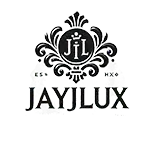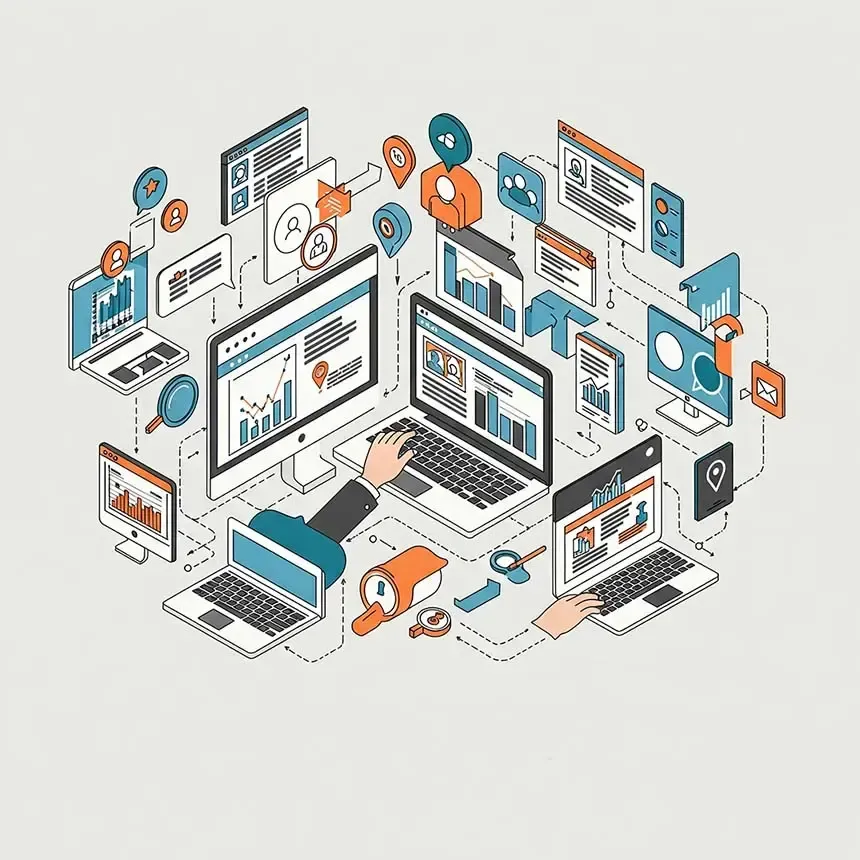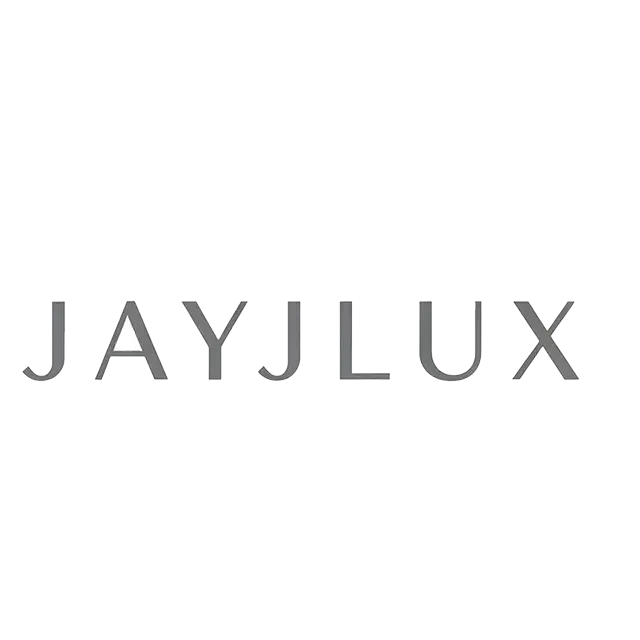
Mastering Modern Online Marketing
The fundamental goal of marketing has always been the same: to connect businesses with their ideal customers, build brand awareness, and drive growth. However, the methods to achieve these goals have undergone a revolutionary transformation. The days of relying solely on broad-stroke traditional tactics are fading, replaced by a dynamic, data-driven digital landscape. Understanding this evolution is key to thriving in today's competitive market.
A Look Back: The Traditional Marketing Playbook
For decades, businesses relied on a well-established set of tools to reach their audiences:
- Newspaper & Magazine Ads: These were staples for reaching local or specific interest demographics. You'd place your ad and hope the right eyes landed on it amidst the newsprint.
- Billboards: Big, bold, and strategically placed, billboards aimed to capture attention with a fleeting message to a mass audience on the move.
- Snail Mail (Direct Mail): Sending postcards, brochures, or letters directly to mailboxes was a way to personalize outreach, though often with broad targeting and significant printing and postage costs.
- Radio & Television Commercials: These mediums offered broader reach, using audio and visual storytelling to embed brands in the minds of listeners and viewers.
While these methods had their era of effectiveness, they often came with significant limitations: imprecise targeting, difficulty in measuring direct results (ROI), high upfront costs, and limited opportunities for real-time customer interaction.
The Digital Shift: A New Era of Precision and Engagement
The advent of the internet and digital technologies didn't just add new channels; it fundamentally rewrote the marketing rulebook. Online marketing (or digital marketing) has emerged as the dominant force, offering unprecedented advantages:
- Global Reach, Local Precision: Connect with audiences across the globe or target specific demographics, interests, and behaviors right in your neighborhood.
- Measurable Results: Track nearly every aspect of your campaigns in real-time – clicks, views, conversions, engagement, and return on investment.
- Cost-Effectiveness: Often, digital campaigns can be more budget-friendly and offer better ROI compared to the high costs of traditional mass media.
- Direct Engagement & Interaction: Foster two-way conversations with your audience, build communities, and gather instant feedback.
- Flexibility & Adaptability: Quickly adjust strategies, messaging, and budgets based on performance data.
How Modern Agencies Leverage Today's Powerful Digital Channels
Marketing agencies have embraced this digital transformation, developing expertise in a diverse array of online tools and platforms to create impactful strategies for their clients. Here’s how we leverage some of the most influential channels:
- Social Media Marketing (SMM): Building Communities & Driving Engagement
- Facebook: Remains a powerhouse for building brand communities, running highly targeted advertising campaigns (leveraging its vast user data and sophisticated ad platform), and engaging with customers through diverse content formats like video, stories, and groups. Agencies utilize Facebook Ads Manager to pinpoint ideal audiences based on demographics, interests, behaviors, and custom audiences.
- TikTok: This platform has revolutionized short-form video content. Agencies leverage TikTok to reach younger demographics, launch viral marketing campaigns, partner with influencers, and create authentic, engaging brand experiences that resonate with current trends.
- Other Platforms: Depending on the target audience and goals, strategies often incorporate Instagram (visual storytelling, influencer marketing), LinkedIn (B2B marketing, professional networking), X (formerly Twitter; real-time updates, customer service), and Pinterest (visual discovery, e-commerce).
- Search Engine Marketing (SEM) & Pay-Per-Click (PPC) Advertising: Capturing Intent
- Google Ads (formerly Google AdWords): This is a cornerstone for reaching users actively searching for products or services. Agencies meticulously research keywords, craft compelling ad copy, and manage bids to place clients at the top of Google search results (search ads). Google Ads also allows for display advertising across a vast network of websites, video ads on YouTube, and shopping ads for e-commerce businesses. The ability to target based on search intent makes this incredibly powerful.
2. Search Engine Optimization (SEO): Building Sustainable Organic Visibility
- While SEM focuses on paid placements, SEO is the practice of optimizing a website to rank higher in organic (non-paid) search results. Agencies employ technical SEO, on-page optimization (content, keywords, meta tags, alt text), and off-page strategies (link building, content marketing) to build a website's authority and relevance over time, leading to a sustainable flow of qualified traffic.
3. Content Marketing: Providing Value & Attracting Audiences
- Content is the fuel for most digital marketing efforts. Agencies develop content strategies that involve creating and distributing valuable, relevant, and consistent content (blog posts, articles, videos, infographics, podcasts, case studies) to attract and retain a clearly defined audience. This content is often optimized for SEO and promoted across social media and email channels.
4. Email Marketing: Nurturing Leads & Retaining Customers
- Far from the impersonal nature of some snail mail, modern email marketing is a highly effective tool for personalized communication. Agencies use email to nurture leads, onboard new customers, announce new products or promotions, share valuable content, and build lasting customer loyalty through segmentation and automation.
5. Data Analytics & Reporting: The Backbone of Online Success
- Perhaps the most significant advantage agencies leverage in online marketing is data analytics. Every click, view, share, and conversion can be tracked. We use tools like Google Analytics, platform-specific analytics (Facebook Insights, TikTok Analytics, etc.), and specialized marketing dashboards to monitor campaign performance, understand customer behavior, identify trends, and make data-driven decisions to continuously optimize strategies for maximum Return on Investment (ROI).
The Unmistakable Advantage of Modern Online Marketing
The shift to online marketing isn't just about using new tools; it's about a more intelligent, targeted, and accountable way of connecting with customers. The ability to precisely target desired audiences, engage them with relevant content, measure results instantaneously, and adapt strategies on the fly gives businesses an unprecedented level of control and insight into their marketing efforts.
For businesses looking to thrive in the 21st century, a robust
online presence driven by a well-crafted
digital marketing strategy is no longer optional—it's the key to unlocking growth, building a resilient brand, and forging meaningful connections with customers in an increasingly digital world.


